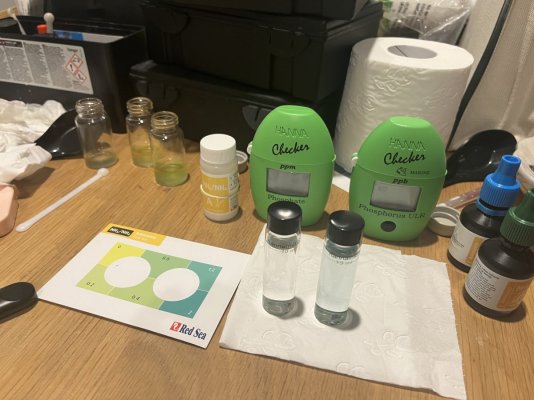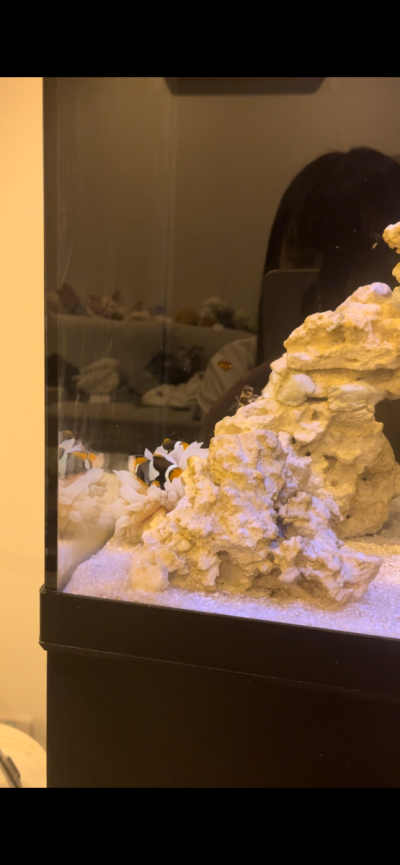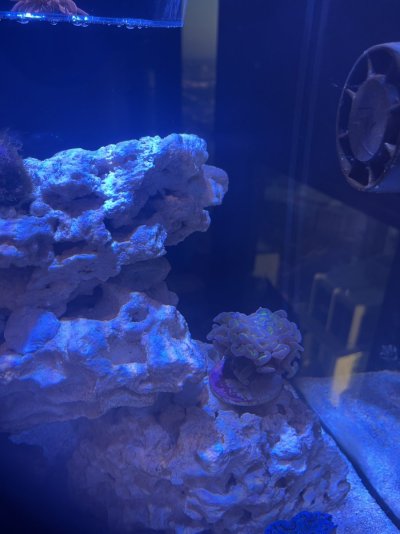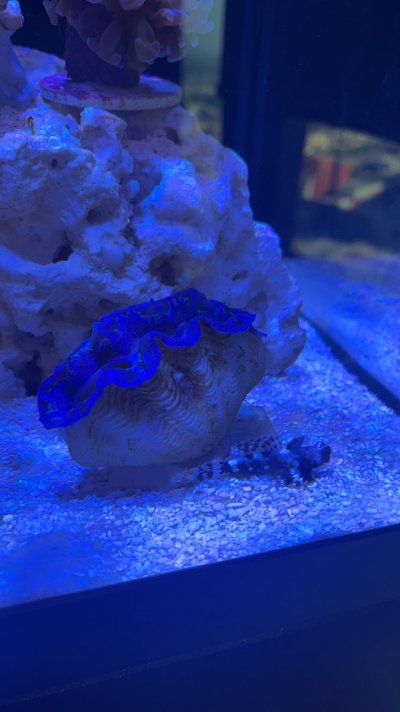- Joined
- Sep 21, 2018
- Messages
- 6,685
- Reaction score
- 7,177
If the copper is chelated with NH3 that would do it. Copper can chelate 4 NH3 I think. Also, other nitrogen containing chelating agents could interfere with this method.I tested this method with the RedSea kit to see how much therapeutic copper levels affected readings and gave a false positive ammonia level of about 10x (0.05 ppm before copper, 0.5 ppm after). It maxed out the ULR P and had to use the Hanna alk checker. Do you chemistry folks know why that is? Would using the API kit be any different?

























